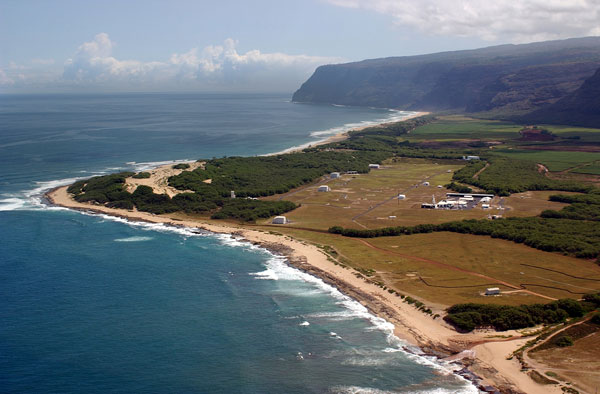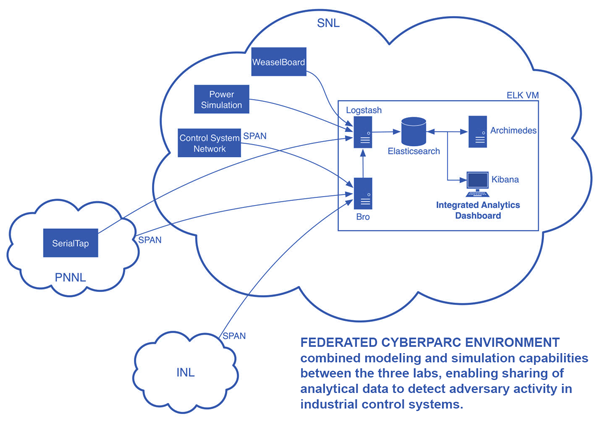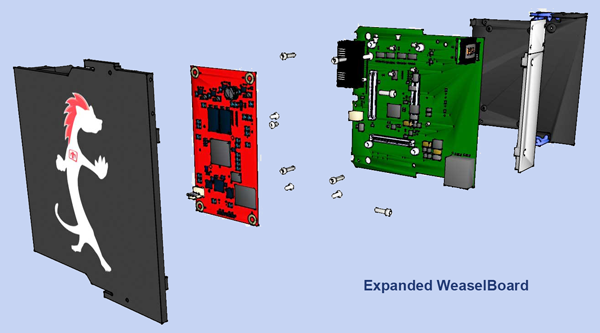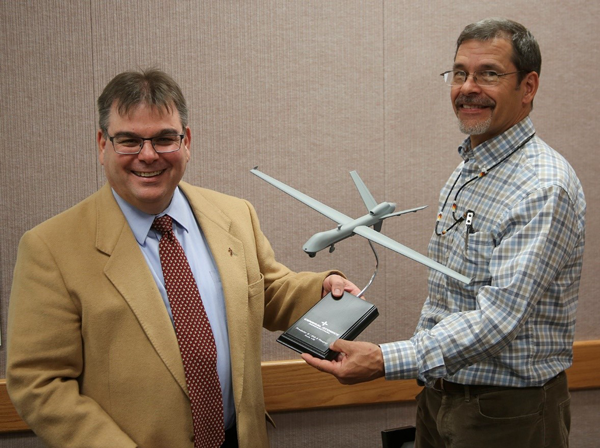
(2003 photo by Diana Helgesen)
Sandia’s Kauai Test Facility (KTF) successfully supported the Standard Missile-3 Cooperative Development Flight Test-02 Feb 2017. The US Missile Defense Agency, Japan Ministry of Defense, and US Navy successfully intercepted a ballistic missile target using the Standard Missile-3 Block IIA. This joint-US/Japan mission provided key test data to improve Medium and Intermediate Range Ballistic Missile intercept capabilities to meet future mission objectives. Sandia collaborates with numerous interagency customers to utilize KTF’s unique resources which include all facets of rocket launch and mission support. (5000)
Defending information and information technology resources is not only a research issue but has gained widespread attention over the past year via mainstream news reporting of large-scale hacks and compromises. Forming internal and external communities, Sandia cybersecurity researchers have dug into this problem using behaviorbased heuristics, machinelearning, and statistical techniques, and built network threat-discovery tools like Tamizar. Operationally deploying these technologies and understanding partner needs, Sandia has brought next-generation tools to bear on this problem, which has led to multiple discoveries of attackers operating in the early stages of the cyber kill chain. (5000, 8000, 9000)

CyberPARC is a DOE lab partnership among Sandia, Pacific Northwest National Laboratory, and Idaho National Laboratory to advance the state-of-the-art of industrial control system cybersecurity. Over the summer, CyberPARC held its first workshop where the three labs successfully federated modeling, simulation, and analytics environments to demonstrate the ability to combine best-of-breed capabilities to protect, detect, react, and recover from industrial control system cyber attacks. The federated system paves the way for future collaboration and more rapid advancement of industrial control system tools and capabilities. (5000, 8000)
Sandia has successfully developed a blast mitigation foam formulation that reduces the amount of concentrate by a factor of four compared to previously fielded versions. Thus, blast mitigation and particle capture may be achieved from a significantly reduced “footprint” of materials needed for transport to the scene of an explosive threat. Further, a commercial oxidizer, commonly used in pool cleaners, has been tested and proven as an effective additive for chemical and biological agent decontamination. (6000)

The modern world is run by embedded computers that manage physical processes, including electricity generation, manufacturing, and ship operations. The embedded computers that do this work have received a lot less cyber-security monitoring and protection than the ones on our desktops. The WeaselBoard adds cyber-security inspection to these embedded computers. The Department of Defense has begun deploying WeaselBoards to high-value locations where they can be alerted (out-of-band) to adversaries’ attacks. The development of this custom hardware/ firmware/software/network solution has engaged experts from Divisions 5000 and 2000.
Sandia’s Advanced RF Systems Group successfully demonstrated its multi-mission, Intelligent Transceiver for Universal Signaling (ITUS) payload during a multi-agency military exercise in Florida. The ITUS payload, integrated into an unmanned aircraft, exceeded expectations as it dynamically detected, tracked, and engaged all targets in its area of responsibility via provenunique methods. Sandia’s successes garnered accolades from the host organizations. (5300)
The Missile Defense Agency awarded its 13th Annual Awards in Systems Engineering to the Global Sensor Analysis of Alternatives (AoA) team. This team effort produced an executive product reviewed by the Missile Defense Executive Boards that yielded impactful results and was very well received by executive leadership. Sandia had key contributions in this high-profile study by first influencing the change of course to incorporate a new set of sensor architectures based on latest requirements. Sandia’s contributions redirected the MDA AoA to use a new set of architectures developed at Sandia. Included in the large team recognition for the Systems Engineering Award were Sandians Larry Jones, Jeff Spooner, Barbara Funkhouser, Carter Grotbeck, and Jordan Carnahan. (5000)

For more than a decade Sandia has worked with General Atomics (GA)-Aeronautical Systems Inc. under a Cooperative Research and Development Agreement (CRADA). This CRADA has furthered advancements in the GA Lynx synthetic aperture radar product line and has positively impacted deployed systems. On Nov. 15, Steven Castillo, on behalf of Sandia, accepted a licensing royalty check earned through commercial sales of Lynx from General Atomics director of Radar Systems, John Fanelle. This is the result of years of collaborative efforts between the organizations. (5000)
An advanced satellite ground system comprising command and control and data processing for a set of advanced space-based sensors has been under development since May 2013. This system is built on a modern node-based software architecture, and has 3.3 million lines of code and 38 racks of equipment. It has ergometric operator interfaces and will support new national security needs. The system went into operation in October 2017. The end users are delighted with the enhanced human interface and technical capability of this new ground system. (2600, 6300, 9300, 10600)